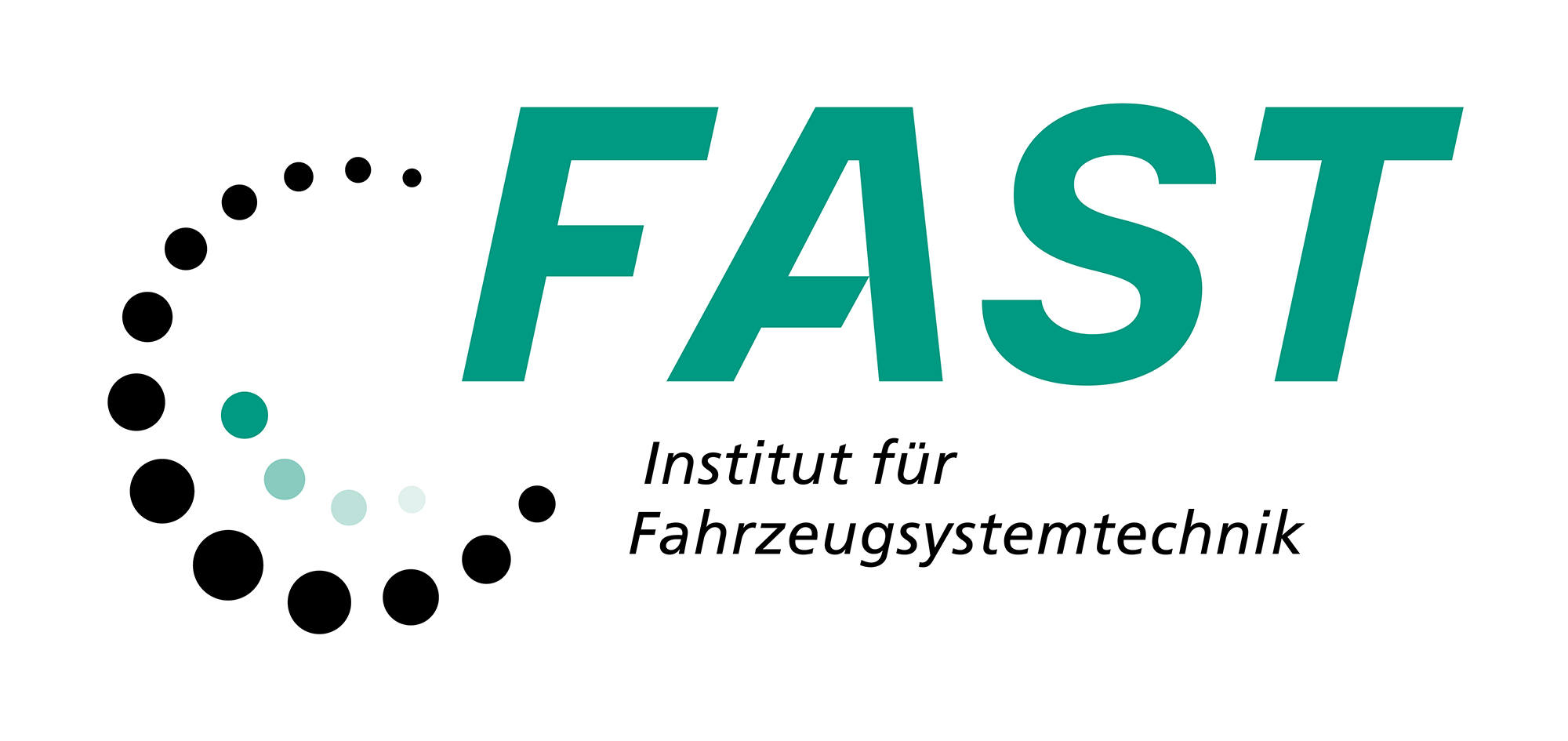Numerical Methods for Engineering Applications (NuMIa)
- type: Lecture / Practice (VÜ)
-
chair:
KIT-Fakultäten - KIT-Fakultät für Maschinenbau - Institut für Fahrzeugsystemtechnik - Bereich Leichtbau
KIT-Fakultäten - KIT-Fakultät für Maschinenbau - semester: SS 2025
-
time:
Tue 2025-04-22
09:45 - 11:15, weekly
40.32 Rudolf-Plank-Hörsaal (RPH)
40.32 Tech.Thermodyn.u.Kältetechn./ Mess-u.Regelungstechn., Institutsgeb. (EG)
Thu 2025-04-24
11:30 - 13:00, weekly
10.50 Bauingenieure, Großer Hörsaal
10.50 Kollegiengebäude Bauingenieure II (EG)
Tue 2025-04-29
09:45 - 11:15, weekly
40.32 Rudolf-Plank-Hörsaal (RPH)
40.32 Tech.Thermodyn.u.Kältetechn./ Mess-u.Regelungstechn., Institutsgeb. (EG)
Tue 2025-05-06
09:45 - 11:15, weekly
40.32 Rudolf-Plank-Hörsaal (RPH)
40.32 Tech.Thermodyn.u.Kältetechn./ Mess-u.Regelungstechn., Institutsgeb. (EG)
Thu 2025-05-08
11:30 - 13:00, weekly
10.50 Bauingenieure, Großer Hörsaal
10.50 Kollegiengebäude Bauingenieure II (EG)
Tue 2025-05-13
09:45 - 11:15, weekly
40.32 Rudolf-Plank-Hörsaal (RPH)
40.32 Tech.Thermodyn.u.Kältetechn./ Mess-u.Regelungstechn., Institutsgeb. (EG)
Thu 2025-05-15
11:30 - 13:00, weekly
10.50 Bauingenieure, Großer Hörsaal
10.50 Kollegiengebäude Bauingenieure II (EG)
Tue 2025-05-20
09:45 - 11:15, weekly
40.32 Rudolf-Plank-Hörsaal (RPH)
40.32 Tech.Thermodyn.u.Kältetechn./ Mess-u.Regelungstechn., Institutsgeb. (EG)
Thu 2025-05-22
11:30 - 13:00, weekly
10.50 Bauingenieure, Großer Hörsaal
10.50 Kollegiengebäude Bauingenieure II (EG)
Tue 2025-05-27
09:45 - 11:15, weekly
40.32 Rudolf-Plank-Hörsaal (RPH)
40.32 Tech.Thermodyn.u.Kältetechn./ Mess-u.Regelungstechn., Institutsgeb. (EG)
Tue 2025-06-03
09:45 - 11:15, weekly
40.32 Rudolf-Plank-Hörsaal (RPH)
40.32 Tech.Thermodyn.u.Kältetechn./ Mess-u.Regelungstechn., Institutsgeb. (EG)
Thu 2025-06-05
11:30 - 13:00, weekly
10.50 Bauingenieure, Großer Hörsaal
10.50 Kollegiengebäude Bauingenieure II (EG)
Tue 2025-06-17
09:45 - 11:15, weekly
40.32 Rudolf-Plank-Hörsaal (RPH)
40.32 Tech.Thermodyn.u.Kältetechn./ Mess-u.Regelungstechn., Institutsgeb. (EG)
Tue 2025-06-24
09:45 - 11:15, weekly
40.32 Rudolf-Plank-Hörsaal (RPH)
40.32 Tech.Thermodyn.u.Kältetechn./ Mess-u.Regelungstechn., Institutsgeb. (EG)
Thu 2025-06-26
11:30 - 13:00, weekly
10.50 Bauingenieure, Großer Hörsaal
10.50 Kollegiengebäude Bauingenieure II (EG)
Tue 2025-07-01
09:45 - 11:15, weekly
40.32 Rudolf-Plank-Hörsaal (RPH)
40.32 Tech.Thermodyn.u.Kältetechn./ Mess-u.Regelungstechn., Institutsgeb. (EG)
Thu 2025-07-03
11:30 - 13:00, weekly
10.50 Bauingenieure, Großer Hörsaal
10.50 Kollegiengebäude Bauingenieure II (EG)
Tue 2025-07-08
09:45 - 11:15, weekly
40.32 Rudolf-Plank-Hörsaal (RPH)
40.32 Tech.Thermodyn.u.Kältetechn./ Mess-u.Regelungstechn., Institutsgeb. (EG)
Thu 2025-07-10
11:30 - 13:00, weekly
10.50 Bauingenieure, Großer Hörsaal
10.50 Kollegiengebäude Bauingenieure II (EG)
Tue 2025-07-15
09:45 - 11:15, weekly
40.32 Rudolf-Plank-Hörsaal (RPH)
40.32 Tech.Thermodyn.u.Kältetechn./ Mess-u.Regelungstechn., Institutsgeb. (EG)
Thu 2025-07-17
11:30 - 13:00, weekly
10.50 Bauingenieure, Großer Hörsaal
10.50 Kollegiengebäude Bauingenieure II (EG)
Tue 2025-07-22
09:45 - 11:15, weekly
40.32 Rudolf-Plank-Hörsaal (RPH)
40.32 Tech.Thermodyn.u.Kältetechn./ Mess-u.Regelungstechn., Institutsgeb. (EG)
Thu 2025-07-24
11:30 - 13:00, weekly
10.50 Bauingenieure, Großer Hörsaal
10.50 Kollegiengebäude Bauingenieure II (EG)
Tue 2025-07-29
09:45 - 11:15, weekly
40.32 Rudolf-Plank-Hörsaal (RPH)
40.32 Tech.Thermodyn.u.Kältetechn./ Mess-u.Regelungstechn., Institutsgeb. (EG)
Thu 2025-07-31
11:30 - 13:00, weekly
10.50 Bauingenieure, Großer Hörsaal
10.50 Kollegiengebäude Bauingenieure II (EG)
- lecturer: Prof. Dr.-Ing. Luise Kärger
- sws: 3
- lv-no.: 2114111
- information: On-Site
| Content | Simulations are used in many areas of mechanical engineering, such as the strength and crash calculation of components or the calculation and design of flow processes. They offer the possibility of predicting real physical effects with the aid of computers, thus providing a deeper understanding of the observed effects and their causes. The aim of the course is to provide students with the fundamentals for the successful generation and execution of simulations in mechanical engineering. Conservation equations are formulated for modelling. To close the system of equations, constitutive equations must also be formulated. The resulting partial differential equations (PDEs) are usually space and time dependent and form the fundamental components of modelling. The PDEs in question usually cannot be solved analytically, so that numerical methods and, in most cases, discretization methods are required. The creation of suitable simulation models, the execution and evaluation of simulation studies and the avoidance of typical errors can be learnt, but also require some practice. Therefore, the course consists of three elements: Lectures, classroom exercises and computer exercises. As part of the computer exercises, students learn to implement (in Python), apply and evaluate appropriate simulation methods for given problems. Content (with lectures (L), exercises (Ex) and/or computer exercises (PC))
Learning objectives: The students will be able to
|
| Language of instruction | German |
| Bibliography |
|

